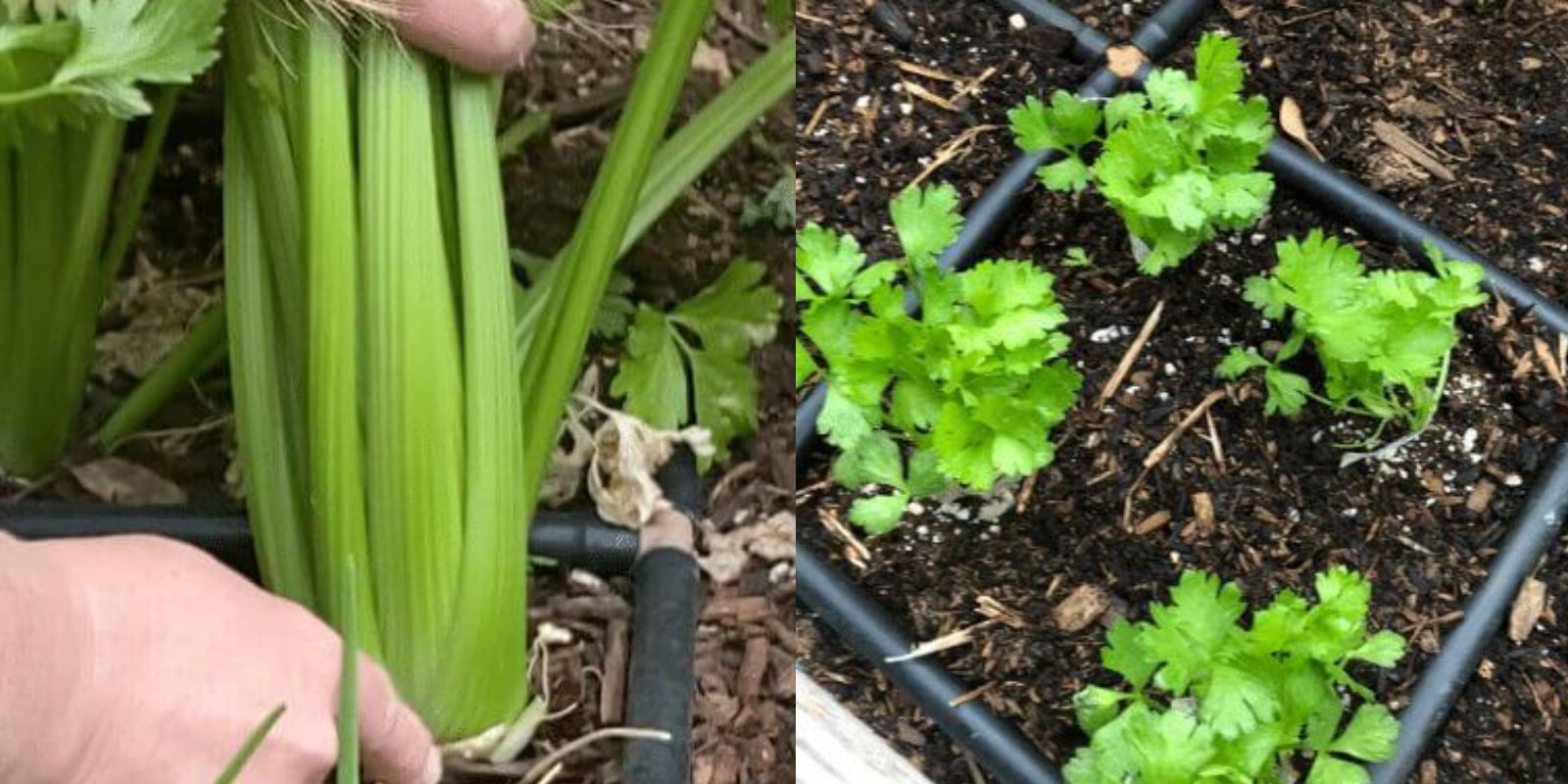Celery is a versatile and nutritious vegetable that can add a crisp, fresh crunch to salads, soups, and snacks. While it’s commonly found in grocery stores, growing celery in your own garden can be a rewarding experience, offering a fresh and flavorful addition to your meals. However, growing celery can be a bit challenging due to its specific needs and preferences. In this comprehensive guide, we’ll explore five essential tips for growing celery to ensure you achieve a bountiful and healthy crop.
1. Choosing the Right Variety
The first step in successful celery cultivation is selecting the appropriate variety. Celery varieties can differ in size, flavor, and growing requirements. Understanding these differences will help you choose the best variety for your climate and growing conditions.
Popular Celery Varieties:
- ‘Tall Utah’: This variety is known for its tall, thick stalks and robust flavor. It is well-suited for various climates and is a good choice for gardeners looking for a high-yielding celery plant.
- ‘Pascal’: Another popular choice, ‘Pascal’ is known for its crisp texture and mild flavor. It is ideal for cooler climates and offers a reliable harvest.
How to Choose:
- Climate Suitability: Select a variety that is well-adapted to your local climate. Some varieties may be more tolerant of heat, while others perform better in cooler conditions.
- Growing Space: Consider the space you have available. Taller varieties might need more room, while compact varieties are better for smaller gardens.
Benefits:
- Tailored Growth: Choosing the right variety ensures that the celery will thrive in your specific growing conditions, leading to a more successful harvest.
- Optimal Flavor and Yield: Selecting a variety suited to your needs will enhance flavor and maximize the yield of your celery crop.
2. Starting Celery Indoors
Celery has a long growing season, so starting seeds indoors is often the best approach. This allows you to get a head start on the growing season and ensures that your plants are well-established before being transplanted outdoors.
Steps for Starting Celery Indoors:
- Timing: Start celery seeds 10-12 weeks before the last expected frost. Celery takes about 12-16 weeks from seed to harvest, so an early start is crucial.
- Seedling Preparation: Sow seeds in seed trays or pots filled with a seed-starting mix. Lightly cover the seeds with a thin layer of soil, as they require light to germinate.
- Temperature and Light: Keep the seedlings in a warm, bright location or under grow lights. Celery seeds germinate best at temperatures between 70-75°F (21-24°C).
Benefits:
- Head Start: Starting seeds indoors allows you to get a jump on the growing season, leading to earlier and more productive harvests.
- Controlled Environment: Growing seedlings indoors provides a controlled environment, reducing the risk of pests and diseases that can affect young plants.
3. Providing Consistent Moisture
Celery is a water-intensive plant that requires consistent moisture to thrive. Proper watering practices are essential for maintaining healthy plants and ensuring a successful harvest.
Watering Tips:
- Regular Watering: Keep the soil consistently moist but not waterlogged. Celery prefers a damp environment and will suffer if the soil dries out.
- Mulching: Apply a layer of mulch around the base of the plants to help retain soil moisture and reduce weed competition.
- Draining: Ensure the planting area has good drainage to prevent water from pooling around the roots, which can lead to root rot.
Benefits:
- Healthy Growth: Consistent moisture supports healthy root development and robust plant growth.
- Improved Flavor: Proper watering helps develop crisp and flavorful celery stalks.
4. Sunlight and Spacing Requirements
Celery requires adequate sunlight and proper spacing to grow successfully. Ensuring that your plants receive the right amount of light and have enough space to spread out will contribute to a healthier and more productive crop.
Sunlight Needs:
- Full Sun to Partial Shade: Celery grows best in full sun to partial shade. In hot climates, providing some afternoon shade can help prevent bolting and improve plant performance.
Spacing Tips:
- Planting Distance: Space celery plants about 6-8 inches apart to allow for proper growth and air circulation. Crowding can lead to poor growth and increased risk of disease.
- Row Spacing: If planting in rows, space the rows about 12-18 inches apart to facilitate easy access and maintenance.
Benefits:
- Healthy Plants: Adequate sunlight and proper spacing ensure that plants receive the nutrients and air circulation they need to thrive.
- Reduced Disease Risk: Proper spacing helps reduce the likelihood of fungal diseases and pest infestations.
5. Regular Fertilization
Fertilizing celery is crucial for providing the nutrients necessary for strong growth and high yields. A balanced fertilization routine will help your celery plants grow vigorously and produce crisp, flavorful stalks.
Fertilization Tips:
- Balanced Fertilizer: Use a balanced fertilizer (e.g., 10-10-10 or 20-20-20) to provide essential nutrients. Follow the manufacturer’s instructions for application rates.
- Frequency: Fertilize every 3-4 weeks during the growing season. If using a slow-release fertilizer, follow the recommended schedule for application.
- Organic Options: Consider using organic fertilizers such as compost or well-rotted manure to enhance soil fertility and support healthy plant growth.
Benefits:
- Enhanced Growth: Regular fertilization provides the nutrients needed for strong, healthy plants and supports vigorous growth.
- Improved Yields: Proper nutrition contributes to a higher yield and better quality of celery stalks.
Conclusion
Growing celery successfully requires attention to detail and proper care, but the rewards are well worth the effort. By following these five essential tips—choosing the right variety, starting seeds indoors, providing consistent moisture, ensuring adequate sunlight and spacing, and fertilizing regularly—you can cultivate a bountiful crop of crisp, flavorful celery.
With a little dedication and care, you’ll enjoy the satisfaction of harvesting your own homegrown celery, perfect for adding to salads, soups, and snacks. Happy gardening!

